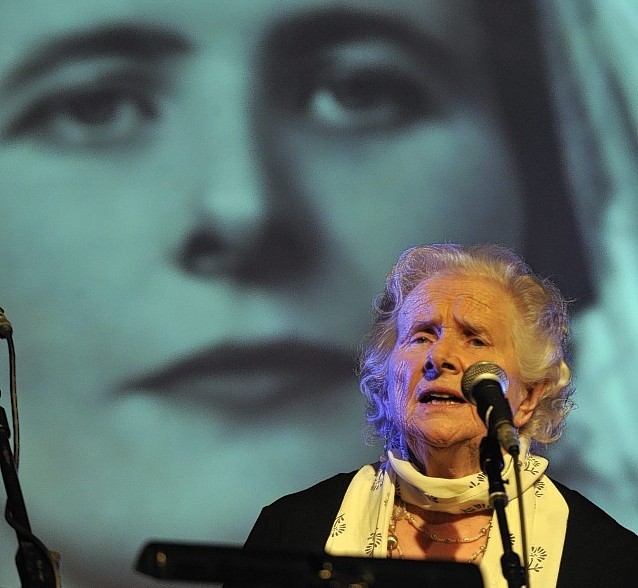Folk stars of the modern era have paid tribute to the singer hailed as “the Queen of Gaelic”.
Flora MacNeil, who was heavily involved in the revival of Gaelic after World War II, has died at the age of 86 after a short illness.
Born on Barra, she came from a long line of singers and learned most of her repertoire from her mother, Ann Gillies.
At that time the men in the family would often be away at sea and the women would sing as they went about their work on the croft.
Through this and ceilidhs with neighbours, Ms MacNeil spoke of how she “soaked up” hundreds of songs.
In 1948, Ms MacNeil left Barra for Edinburgh where she began performing at ceilidhs and concerts.
That brought her to the attention of Hamish Henderson, who in the 1950s was acting as a guide to the American folklorist, Alan Lomax.
Ms MacNeil was recorded by Mr Lomax as part of his ongoing project, compiling a library of field recordings of world folk.
In 1951, Mr Henderson also invited her to perform at the inaugural Edinburgh People’s Festival Ceilidh, which was feted as the first time traditionally performed Scottish music was performed on a public stage.
It brought her wider acclaim and she went on to perform across Europe and the US, releasing two albums – Craobh nan Ubhal in 1976 and Orain Floraidh in 2000.
Her daughter, Maggie MacInnes, is also a Gaelic singer and harp player.
Celtic musician Brian O hEadhra said: “Flora MacNeil was very generous with passing on her songs.
“Some people keep their songs within the family but she was keen on sharing and was very passionate about this. She inspired many people and the tradition continues with those who have learned from her.”
That sentiment was shared yesterday by Mod gold medallist Joy Dunlop.
She said: “She was one of the most influential people we have been lucky enough to have in the Gaelic world.
“Obviously the music, the songs and the language were in her blood. She had found a public platform for Gaelic singing and the revival of a lot of songs.
“She didn’t just conserve the songs. She brought them alive.”
